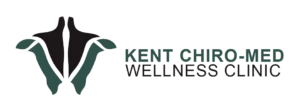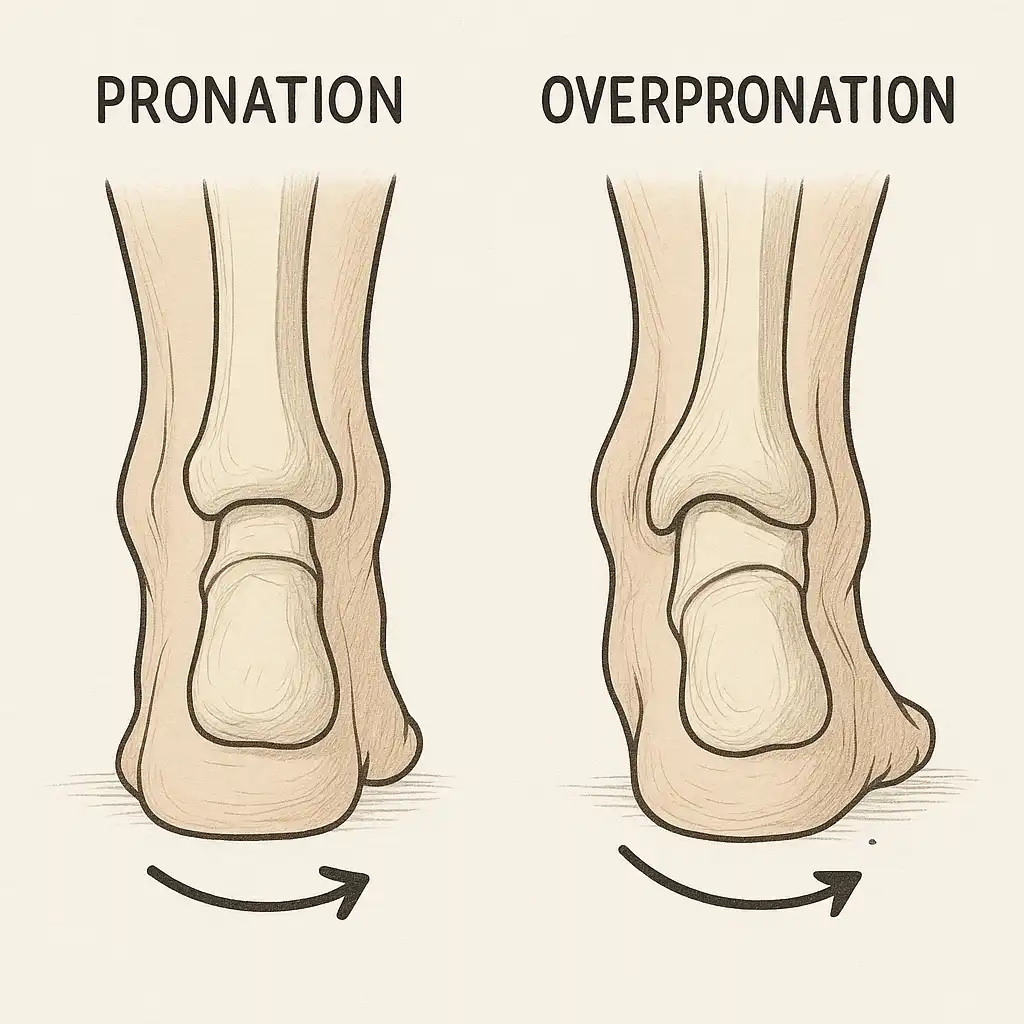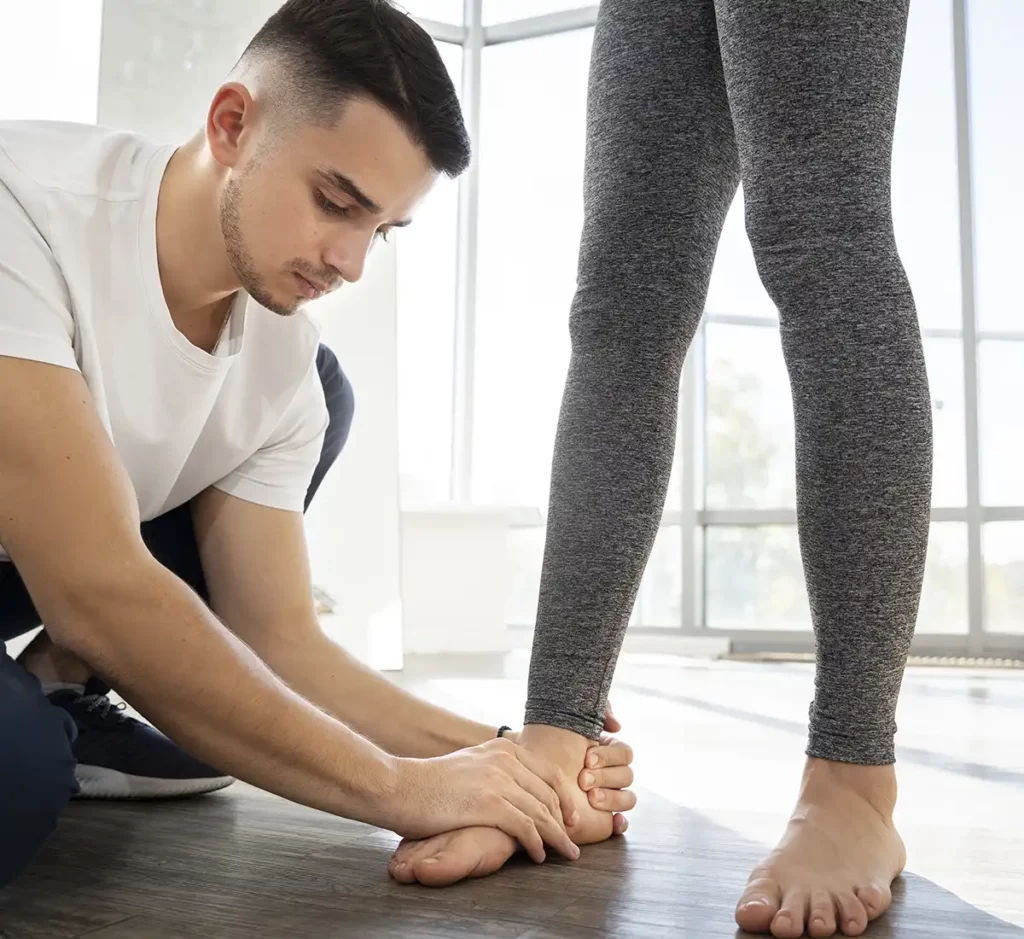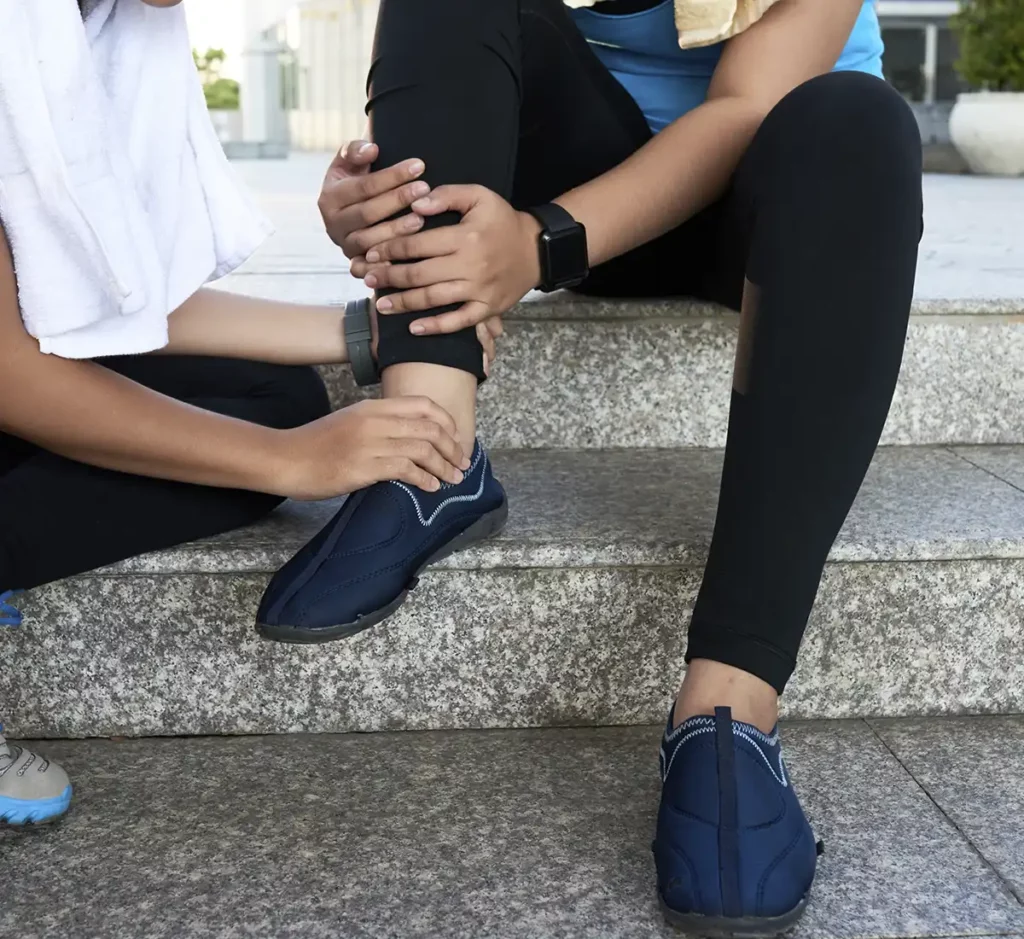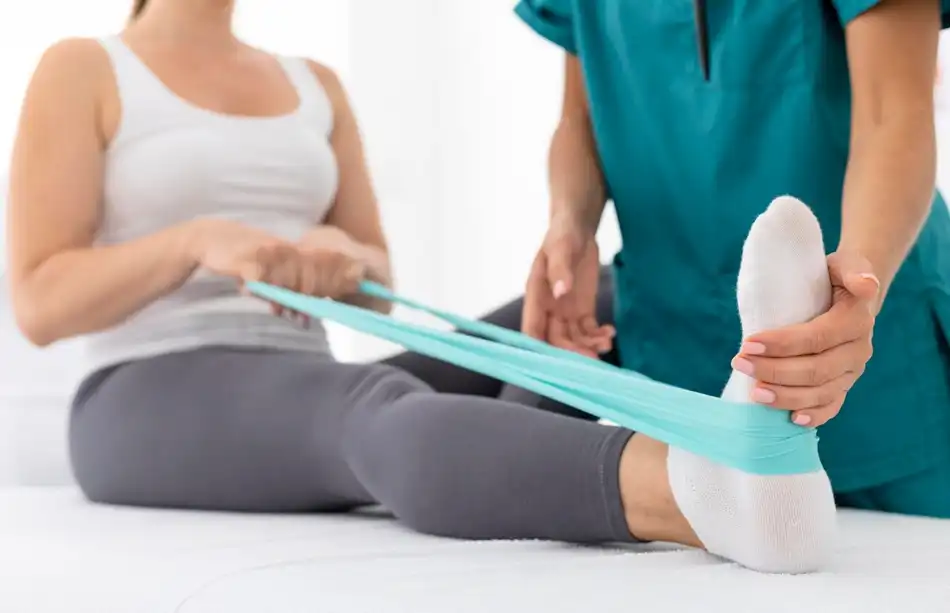Ready to Break Free from Flat Feet?
Don’t let overpronation dictate your daily comfort—take the first step toward pain‑free movement today. Our expert team at Kent Chiro‑Med is standing by to realign your feet, ease strain on your joints, and restore your stride.
